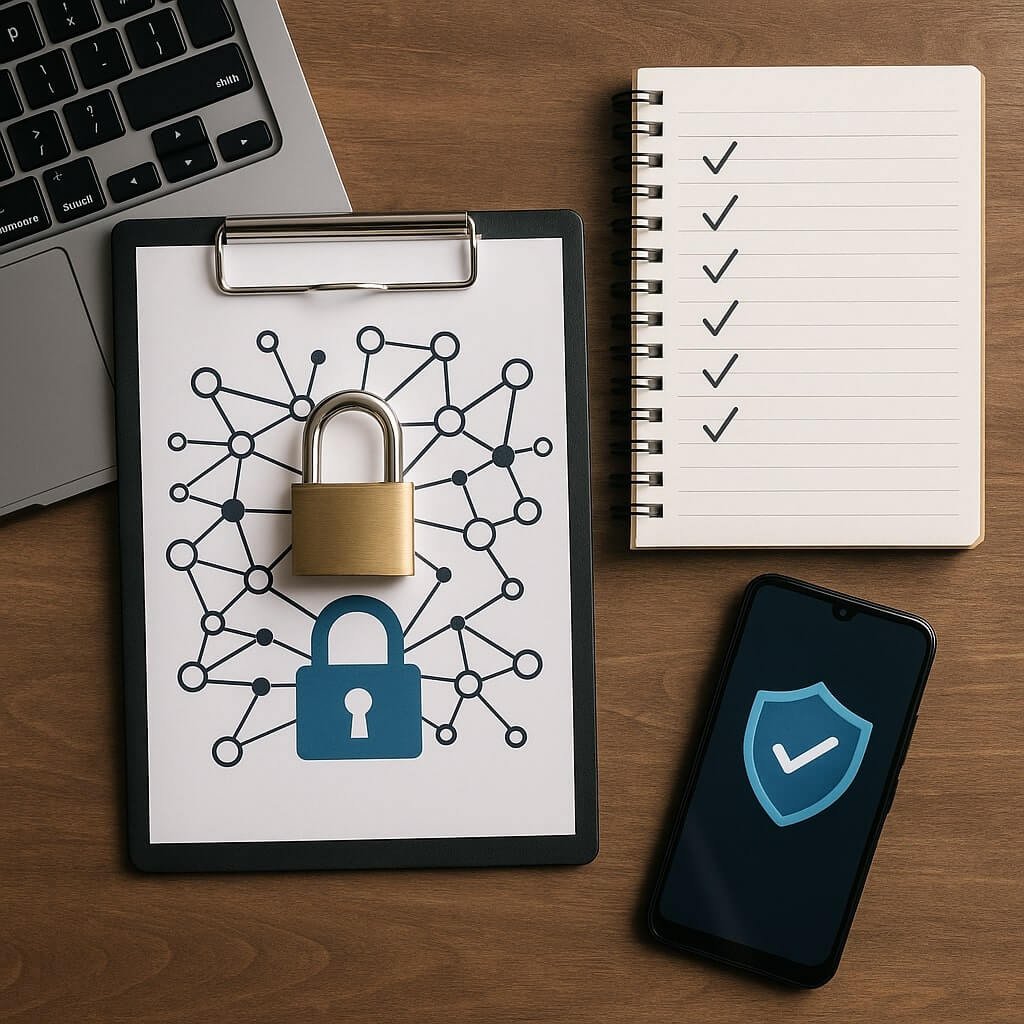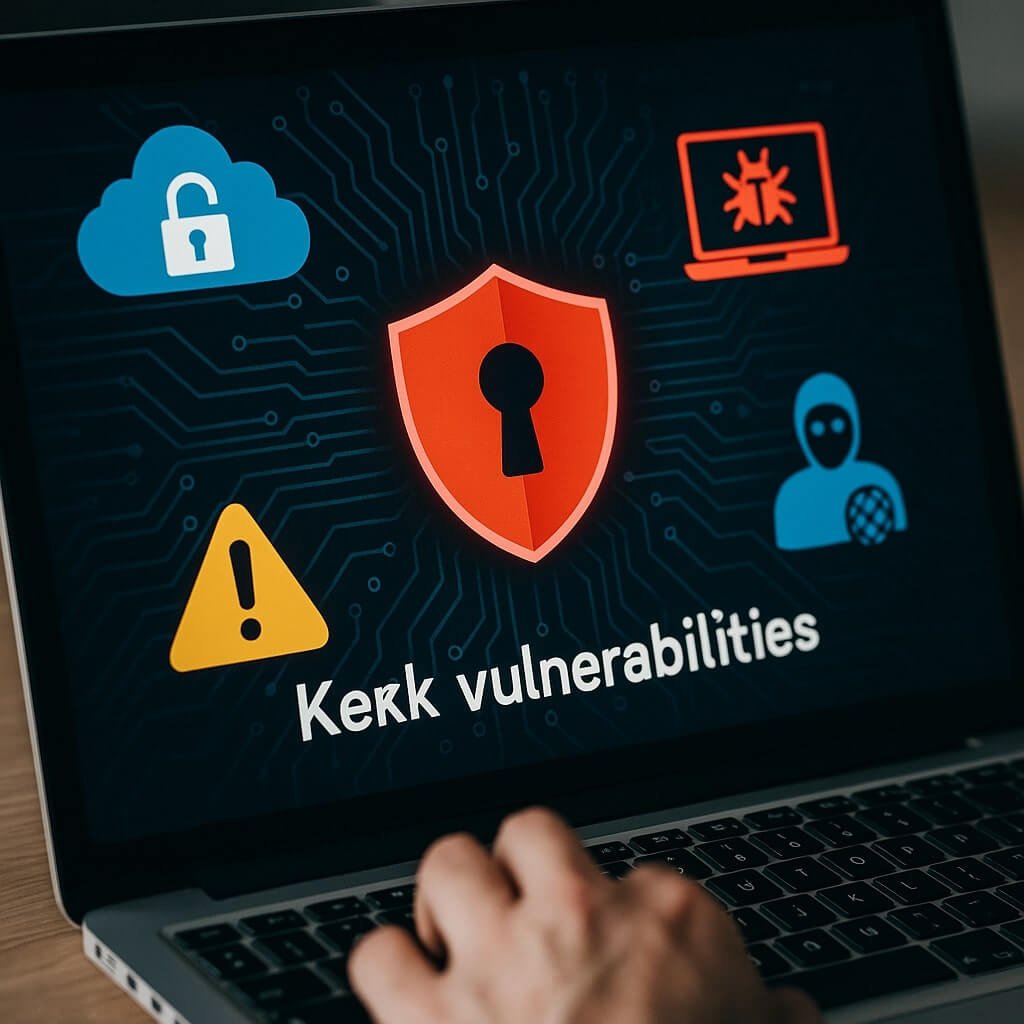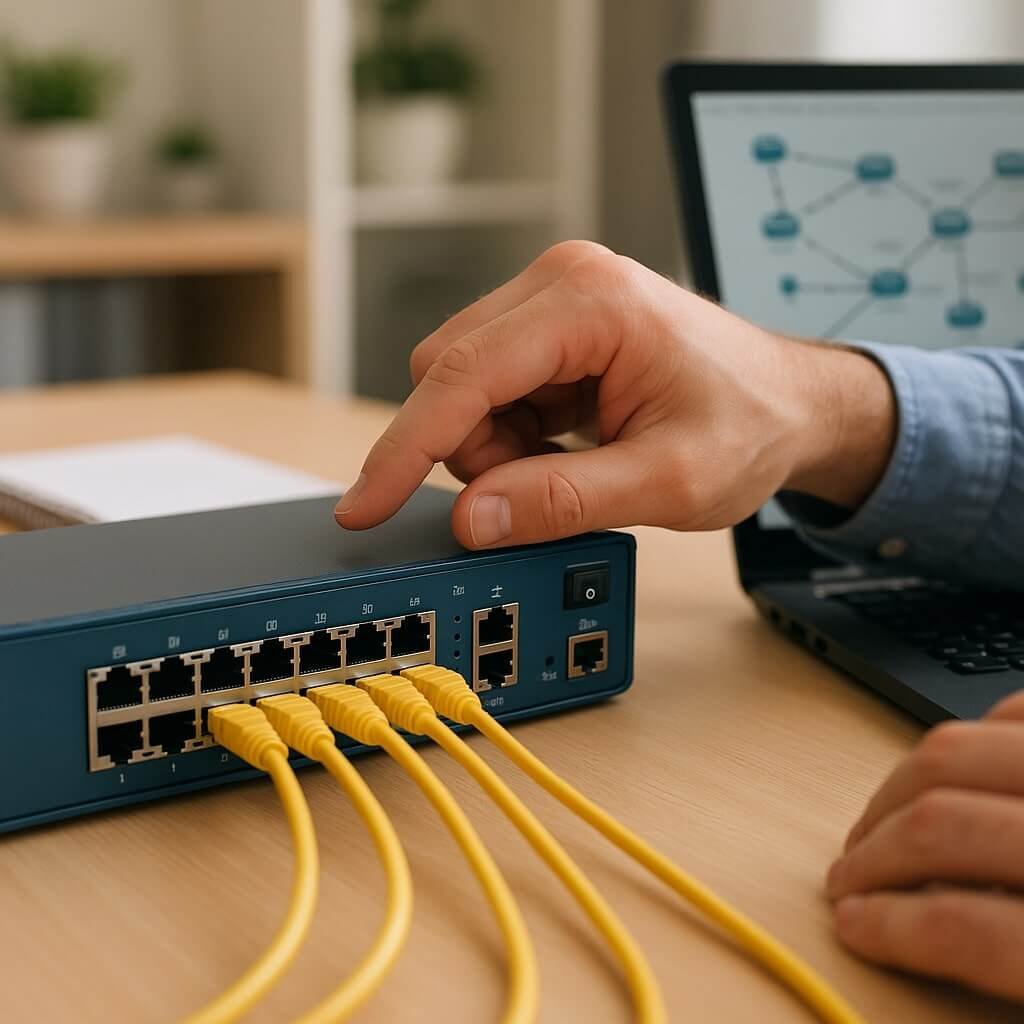In today’s digital landscape, network security isn’t just an option; it’s a necessity. You can’t afford to overlook basic practices that protect your organization’s sensitive information. Implementing essential measures such as regular software updates, strong password protocols, and effective employee training can markedly reduce vulnerabilities. However, these steps alone may not be enough to safeguard against sophisticated threats. What other critical practices should you consider for a robust security posture?
Key Takeaways
- Regularly update and patch software to minimize vulnerabilities and enhance security measures.
- Enforce strong password policies, including complexity and length requirements, to protect user accounts.
- Implement firewalls and intrusion detection systems to monitor and control network traffic effectively.
- Conduct regular employee training on security practices to foster awareness and reduce risks.
- Perform regular security audits to assess network health and identify areas for improvement.
Regularly Update and Patch Software
To bolster your network security, regularly updating and patching software is essential. Software vulnerabilities can leave your systems exposed to cyber threats, making it vital to implement a robust update schedule. By adhering to a systematic approach, you’ll minimize the risk of exploitation.
Make sure you monitor vendor updates and promptly apply patches as they become available, especially for important software. Setting automated reminders can help you stay on track with these updates. Additionally, consider prioritizing updates based on the severity of vulnerabilities; important patches should take precedence.
Implement Strong Password Policies
To enhance network security, you must implement strong password policies that enforce complexity requirements.
This means requiring a mix of letters, numbers, and symbols in passwords to prevent easy guessing.
Additionally, regularly updating passwords helps mitigate the risk of unauthorized access due to compromised credentials.
Enforce Complexity Requirements
While many users may resist change, enforcing complexity requirements through strong password policies is essential for safeguarding sensitive information in today’s digital landscape.
To effectively enhance security, you should mandate a minimum password length of at least 12 characters. This longer length markedly increases the number of possible combinations, making brute-force attacks less feasible.
Additionally, requiring character variety—such as uppercase letters, lowercase letters, numbers, and special symbols—further strengthens passwords. This diversity complicates the password-cracking process for potential attackers.
By implementing these measures, you’ll create a robust defense against unauthorized access, ensuring that your organization’s data remains protected.
Regularly Update Passwords
Regularly updating passwords is a critical component of a strong security posture. Implementing a password expiration policy guarantees that users change their passwords at regular intervals, minimizing the risk of unauthorized access.
A password manager can simplify this process, securely storing and generating complex passwords for each account.
- Set reminders to change passwords every 60 to 90 days.
- Encourage the use of unique passwords across different accounts.
- Regularly review and revoke access for former employees.
Utilize Firewalls and Intrusion Detection Systems
Firewalls and intrusion detection systems (IDS) serve as essential safeguards in your network security arsenal, protecting sensitive data from unauthorized access and malicious threats. Proper firewall configurations help you define which traffic is permitted or denied, while IDS monitors network activity for suspicious behavior.
Here’s a comparison of these tools:
| Feature | Firewalls | Intrusion Detection Systems (IDS) |
|---|---|---|
| Purpose | Control traffic flow | Monitor for suspicious activities |
| Configuration | Requires specific rules | Uses signature-based or anomaly-based detection |
| Response Capability | Can block traffic | Alerts you of potential threats |
| Implementation Complexity | Varies with the network size | Typically requires ongoing management |
Conduct Employee Training and Awareness Programs
To strengthen your network security, it’s crucial to conduct regular employee training and awareness programs.
Implementing phishing awareness techniques can help your team recognize and avoid potential threats.
Additionally, hosting regular security workshops guarantees that everyone stays informed about the latest security practices and protocols.
Phishing Awareness Techniques
While many organizations invest heavily in technological defenses, the human element often remains the weakest link in network security, making phishing awareness training essential.
You need to empower your employees with knowledge to recognize and respond to phishing attempts effectively. Implementing phishing simulations can provide practical experience, reinforcing learning in a safe environment.
Consider focusing on these key techniques:
- Identifying suspicious email characteristics: Look for unusual senders or poor grammar.
- Understanding the importance of email filtering: Use tools to block potential phishing attacks before they reach inboxes.
- Encouraging reporting of phishing attempts: Foster an open culture where employees feel comfortable reporting suspicious emails.
Regular Security Workshops
Regular security workshops are essential for fostering a culture of cybersecurity awareness among employees, as they provide ongoing education about potential threats and best practices.
By incorporating various workshop formats—such as hands-on simulations, lectures, and discussions—you can engage your team effectively. These workshops should also include information about relevant security certifications, helping employees understand the importance of credentialing in their roles.
Regular training sessions encourage knowledge retention and empower staff to recognize risks, reducing the likelihood of breaches. Additionally, consider tailoring workshops to address specific threats relevant to your organization, enhancing their effectiveness.
Ultimately, investing in regular security workshops cultivates a proactive security mindset, ensuring your team remains vigilant against evolving cyber threats.
Secure Your Wi-Fi Networks
Because your Wi-Fi network serves as a gateway to your personal and professional data, securing it’s crucial to protect against unauthorized access and cyber threats.
Securing your Wi-Fi network is essential for protecting your personal and professional data from unauthorized access and cyber threats.
Start by enabling Wi-Fi encryption, ideally using WPA3 for robust security. This guarantees that your data remains confidential and inaccessible to intruders.
Additionally, consider setting up a guest network to keep your main network secure while allowing visitors internet access without compromising your devices.
- Use strong, unique passwords for both networks.
- Regularly update your router’s firmware to patch vulnerabilities.
- Disable broadcasting of your SSID to make it less visible to potential attackers.
Implementing these practices will greatly improve your Wi-Fi security and safeguard your valuable information.
Backup Data Regularly
Data is the lifeblood of any organization or individual, making regular backups essential to confirm its safety. Implementing a robust backup strategy guarantees data redundancy, protecting you from unexpected loss.
You should regularly schedule backups to capture vital information, whether it’s daily, weekly, or monthly, depending on your needs.
Utilizing cloud backups offers an effective way to store data offsite, safeguarding it from local disasters. Cloud solutions provide scalable options, confirming you can adapt your storage needs as your organization grows.
Always test your backup systems to verify data integrity and restore processes, confirming you can recover information swiftly if necessary.
Monitor and Audit Network Activity
Effective monitoring and auditing of network activity are essential for maintaining security and identifying potential threats. By actively analyzing your network traffic, you can spot anomalies that may indicate unauthorized access or other security breaches.
Implementing robust monitoring practices allows you to:
- Track unusual spikes in data transfer, which could signal a breach.
- Identify unauthorized devices connecting to your network, ensuring only trusted entities are present.
- Analyze user behavior patterns to detect irregularities that warrant further investigation.
Utilizing advanced tools for anomaly detection enhances your ability to respond swiftly to potential risks.
Regular audits not only strengthen your security posture but also provide insights into the overall health of your network infrastructure.
Stay vigilant and proactive to safeguard your digital assets.
Conclusion
Incorporating these seven network security practices is essential for safeguarding your organization against potential threats. By regularly updating software, enforcing strong password policies, and utilizing firewalls, you’re not just protecting data; you’re proactively mitigating risks. Employee training and secure Wi-Fi practices will foster a culture of security, while regular audits and data backups guarantee you’re prepared for any eventuality. Prioritizing these actions will greatly enhance your network’s resilience and integrity in an increasingly hostile digital landscape.






